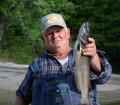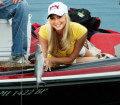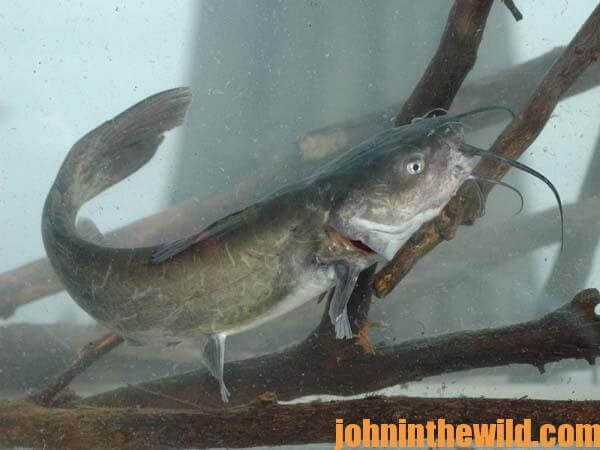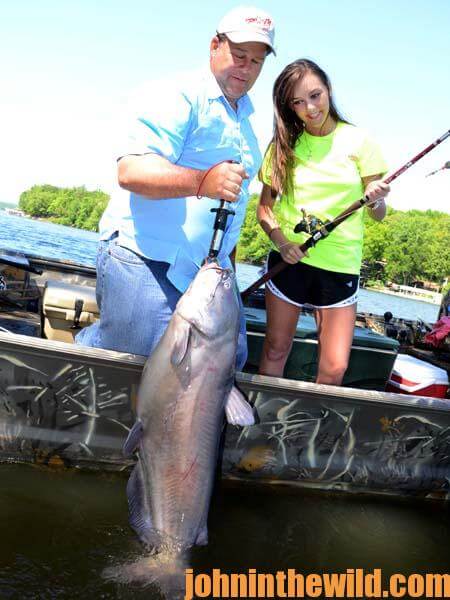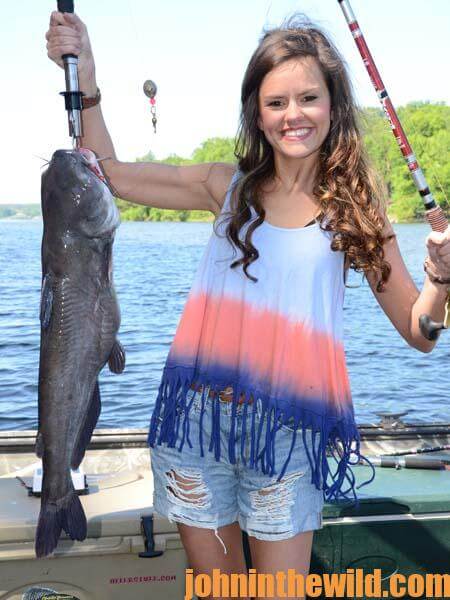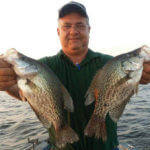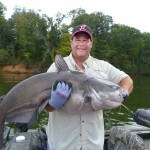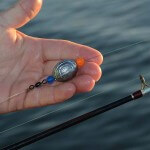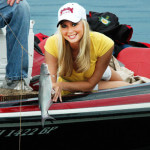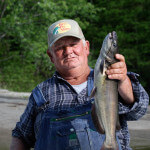When you talk about catfishing, many anglers’ minds flash a vision of bubbling, swift-moving, tailrace waters. In most areas of the country, the swift water below power plants and dams generally holds large concentrations of cats, such as the Wheeler Dam on the Tennessee River in north Alabama.
One day, all day long, I watched a fisherman and his wife load the boat with catfish as they drifted through the swift water and bumped the bottom with heavy leads and shad gut for bait. At times, I moved to within 8 – 10 feet of these folks to try and catch catfish like they did.
However, they consistently caught four or five catfish to my one. At the end of the day, when my pride could stand it no longer, I went up and introduced myself to Poker Parker and his wife. I asked what they were doing that I was not.
“We’re fishing the groove, and you aren’t,” Parker replied.
Now I was totally bewildered. I could see no grooves in the water – just the bubbling discharge from the 12-discharge holes of the hydroelectric plant. “What do you mean – the groove?” I asked.
WATCH: Fishing the Tailrace Grooves for Catfish
“Well, John, doesn’t the water come out of one of the 12 holes when the water is discharged out of each of the turbines?” Parker said. “Yes,” I answered. “Between each hole is a concrete divider,” Parker explained. “As the water comes out from the turbines, those concrete dividers break the flow of the current and leave a ‘groove’ or water that’s not moving as fast as the water on either side of the groove. When you drift back and bump the bottom, the water in the groove is moving just a little slower than the water on either side of it, although all the water appears to be moving at the same rate.”
“Also the two currents come together in the groove and bring food from both sides of the turbines. Even though the water is swift, the water between the two turbines is less swift than on either side of the turbine, something catfish prefer.
“As we drift back in the tailrace grooves, we use two, three-way swivels. A lead heavy enough to get the line to the bottom is attached to the bottom of the first, three-way swivel. On the next eye of the swivel, we tie a 12-inch piece of leader and a #1 Eagle Claw catfish hook.”
“To the next eye of the three-way swivel, we attach 12 inches of leader and fasten a second, three-way swivel to which another hook and line is attached and the line going to our rod. Then we pull up to the turbines, slow our motor down and let the inflatable fishing boats drift back while we bump the bottom with our catfish rigs.”
“We’ve found that since shad gut is the natural food of the cats in this area, the catfish will hit this bait more readily than they will any other type of bait. By drifting with the current and bumping our baits along the bottom, we feel we present the bait more naturally to the catfish than any other way.” And after fishing a day with Parker, I soon learned the potency of his groove-fishing technique for catfish.
To get “13 Freshwater Fish Recipes You Can’t Live Without,” “Catfish Like a Pro,” “The Best Wild Game & Seafood Cookbook Ever: 350 Southern Recipes for Deer, Turkey, Fish, Seafood, Small Game and Birds” or any of John’s other books, click here. You can also get “The Catfish Catcher’s Cookbook” for free here.

